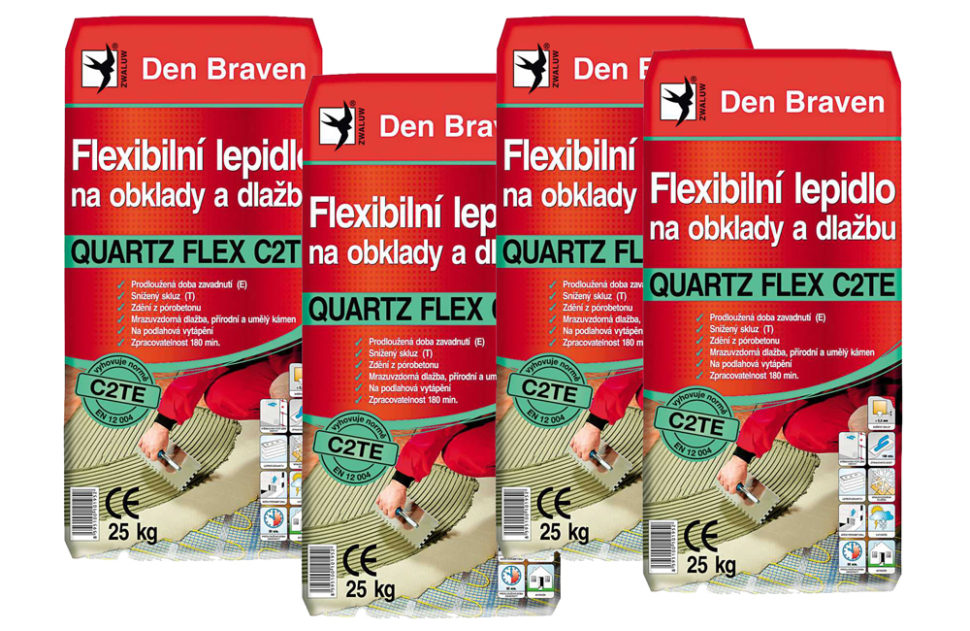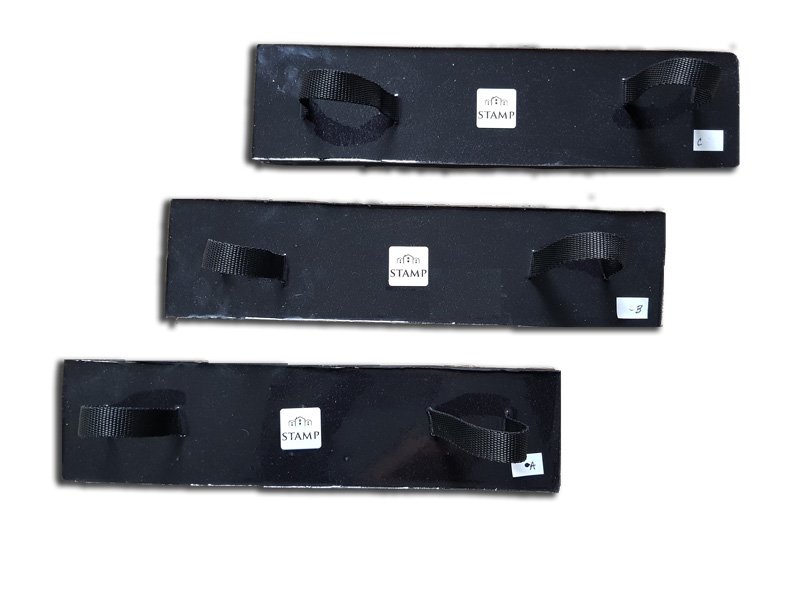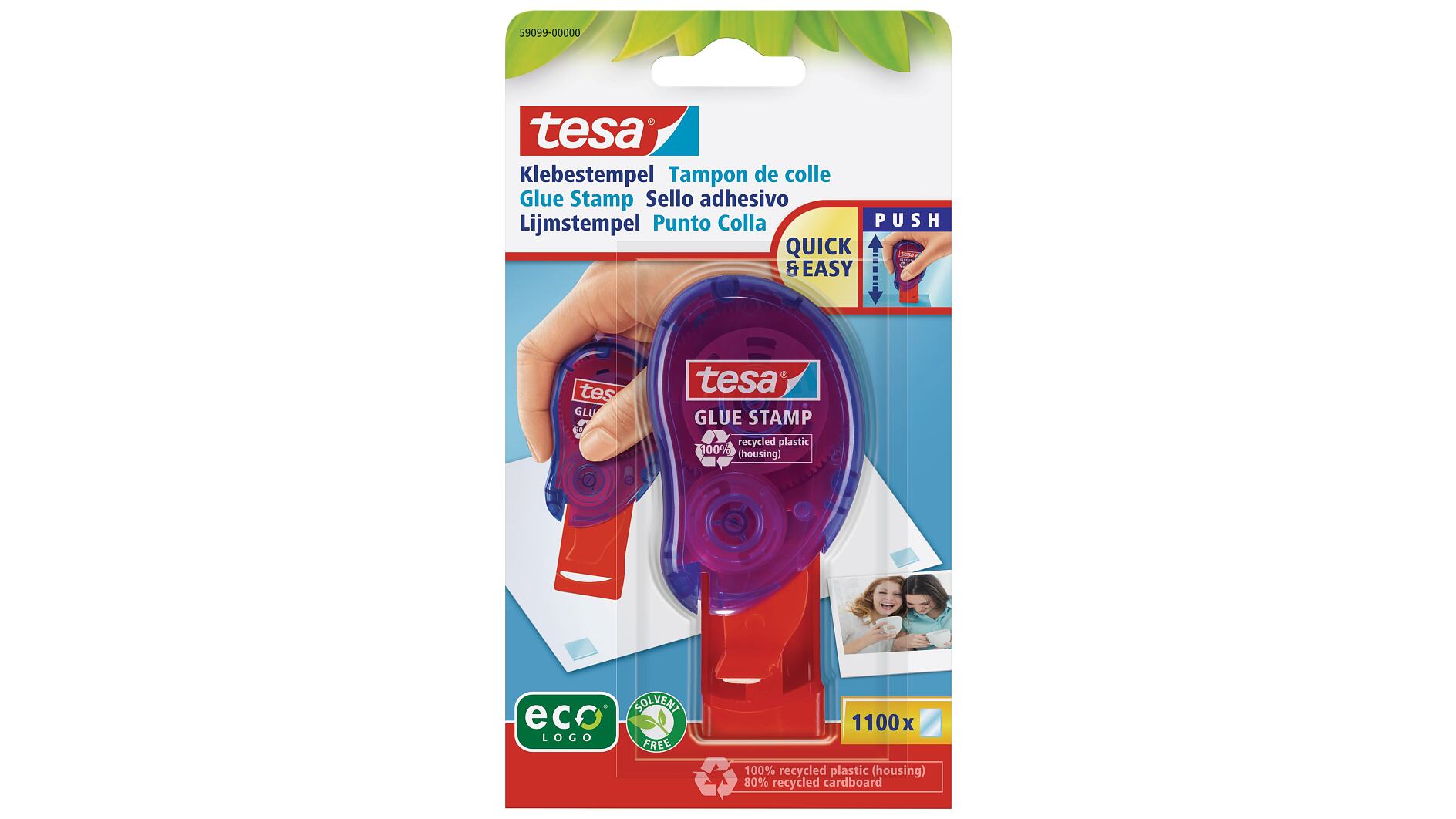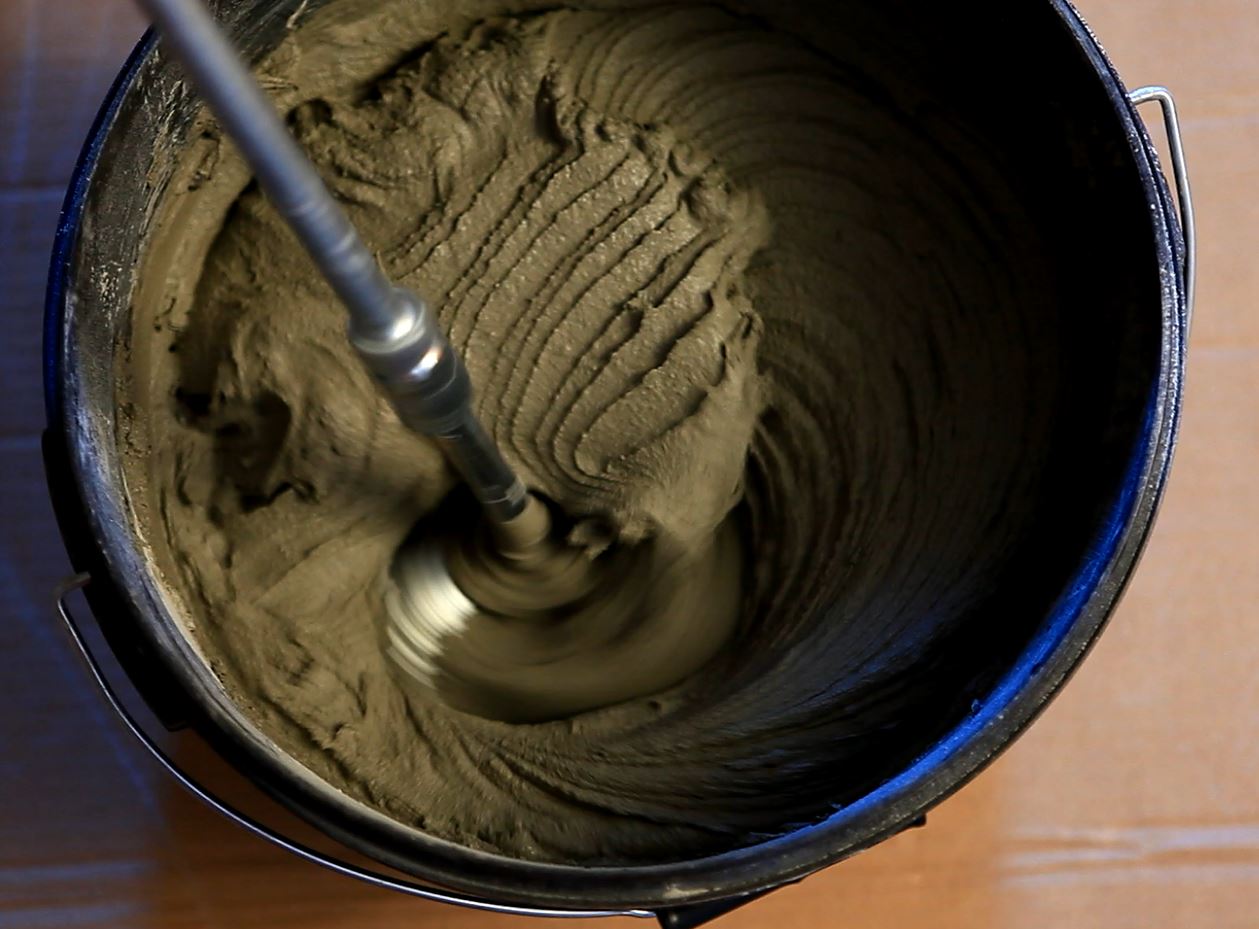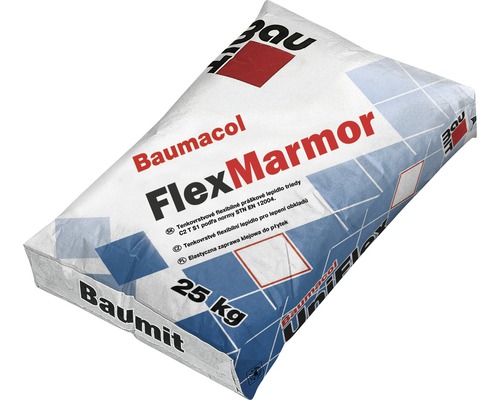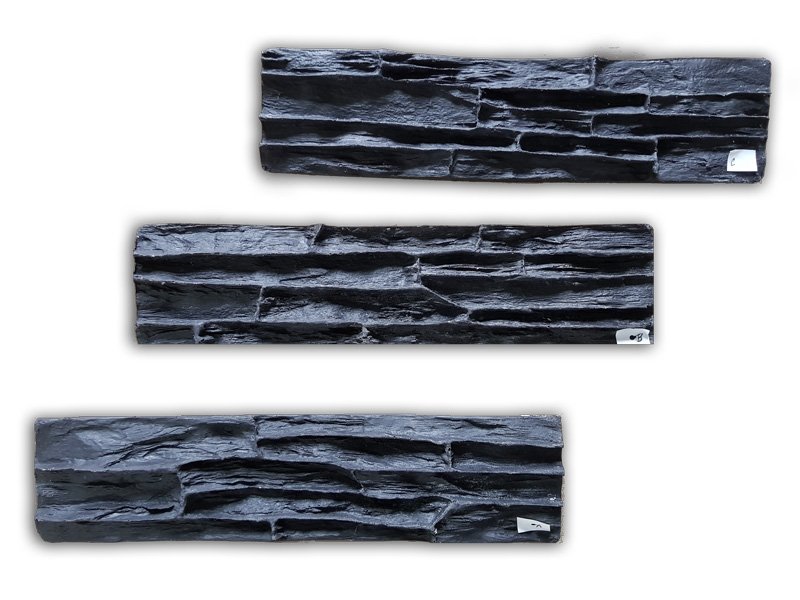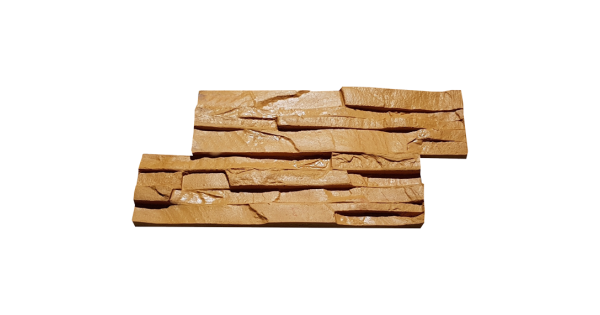Lepidlo v razítku tesa + neonová kancelářská páska, růžová za 130 Kč od Poznań - Allegro - (12273643881)

Obklady do exteriéru | STAMP set Drevený obklad - 2 profesionálne raznice na výrobu obkladu | 3D PVC obklady | Lacne-obklady.sk

Obklady do exteriéru | STAMP set Tehla Rustical - 4 profesionálne raznice na výrobu obkladu | 3D PVC obklady | Lacne-obklady.sk
LEPIDLO NA DEŠŤOVÝ SENZOR NA SKLO - GEL 2-K SENSORGEL 2X 2ML | 9201138072 - SEKURIT AutodílyUO Náhradní díl


